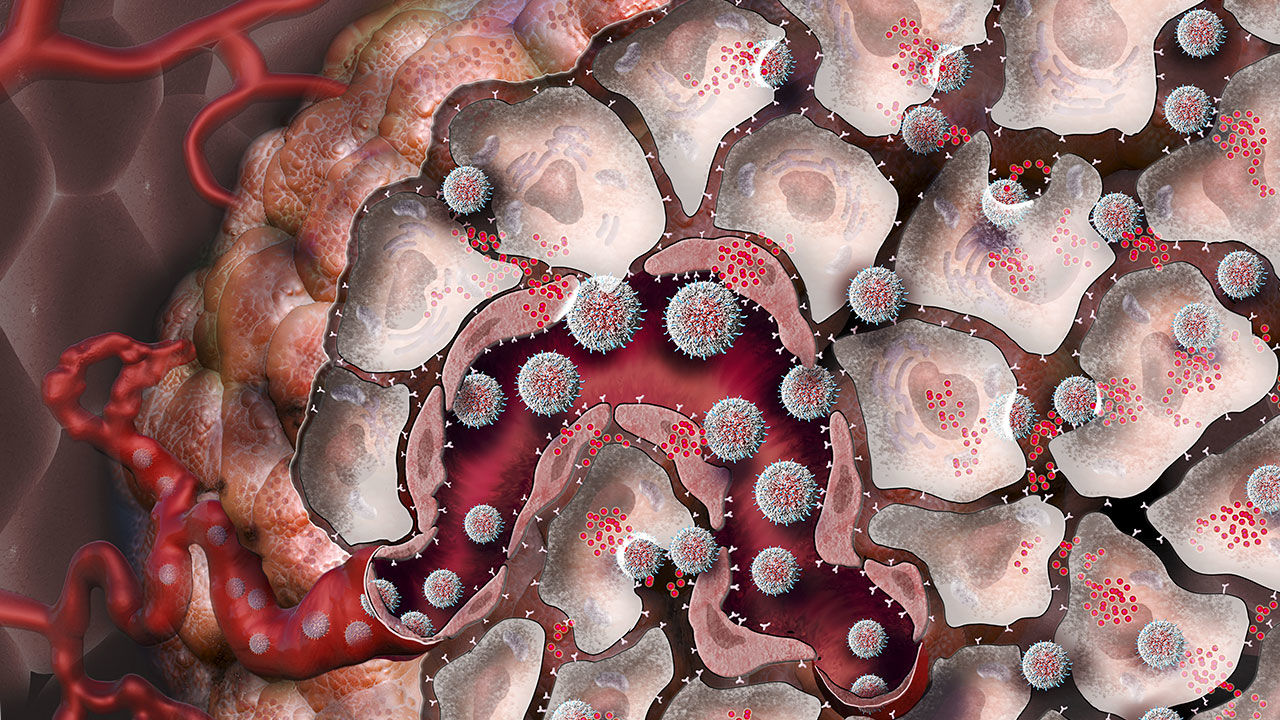Nanotechnology is the application of materials, functionalized structures, devices, or systems at the atomic, molecular, or macromolecular scales. At these length scales, approximately the 1-100 nanometer range as defined by the U.S. National Nanotechnology Initiative (NNI), unique and specific physical properties of matter exist, which can be readily manipulated for a desired application or effect. Furthermore, nanoscale structures can be used as individual entities or integrated into larger material components, systems, and architectures. Nanotechnology-based structures and devices are already enabling a large number of novel applications in various fields – including medicine.

Treatment and Therapy
Integrated development of innovative nanoparticle packages and active pharmaceutical ingredients will also enable exploration of a wider repertoire of active ingredients, no longer confined to those with acceptable pharmokinetic or biocompatibility behavior. In addition, immunogenic cargo and surface coatings are being investigated as both adjuvants to nanoparticle-mediated and traditional radio- and chemotherapy and as stand-alone therapies. Innovative strategies include the design of nanoparticles as artificial antigen presenting cells and in vivo depots of immunostimulatory factors that exploit nanostructured architecture for sustained anti-tumor activity.

Clinical Use
The earliest nanotechnology-enabled imaging agents and cancer drugs were approved by the U.S. Food and Drug Administration (FDA) over a decade ago, and FDA approved nanomedicines include iron oxide nanoparticles for enhanced MRI imaging contrast and Abraxane®, a nanoparticle formed by binding the serum protein albumin to the chemotherapy drug paclitaxel, and Doxil®, a pegylated liposomal formulation of the chemotherapy drug docetaxel. Abraxane improves patient tolerance of the drug paclitaxel by stabilizing the drug for in vivo delivery without requiring the use of non-biocompatible chemical stabilizers. For some patients and cancers, Doxil improves the therapeutic efficacy of docetaxel and reduces cardiomyopathy, a dangerous side effect of the drug.
A number of nanomedicines and nanoparticle drugs have received Investigational New Drug (IND) approval from the FDA are currently undergoing clinical trials. Although some are intended to improve performance of existing chemotherapy drugs, as with Abraxane and Doxil, others enable use of potent compounds that are too toxic or insufficiently biocompatible for use without the pharmacokinetic advantages conferred by the nanoparticle packaging. Nanoparticles are also being investigated for delivery of nucleic acids and proteins that are unstable in blood, such as small interfering RNA (siRNA) for RNA interference (RNAi) therapy, and molecularly targeted therapies such as tyrosine kinase inhibitors.
